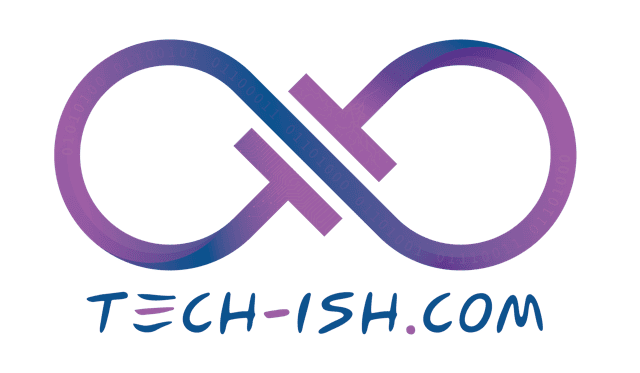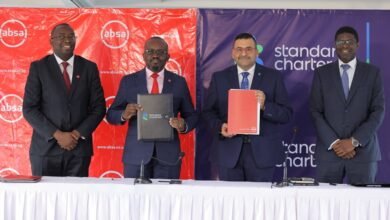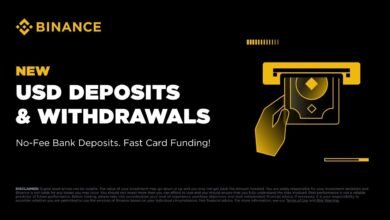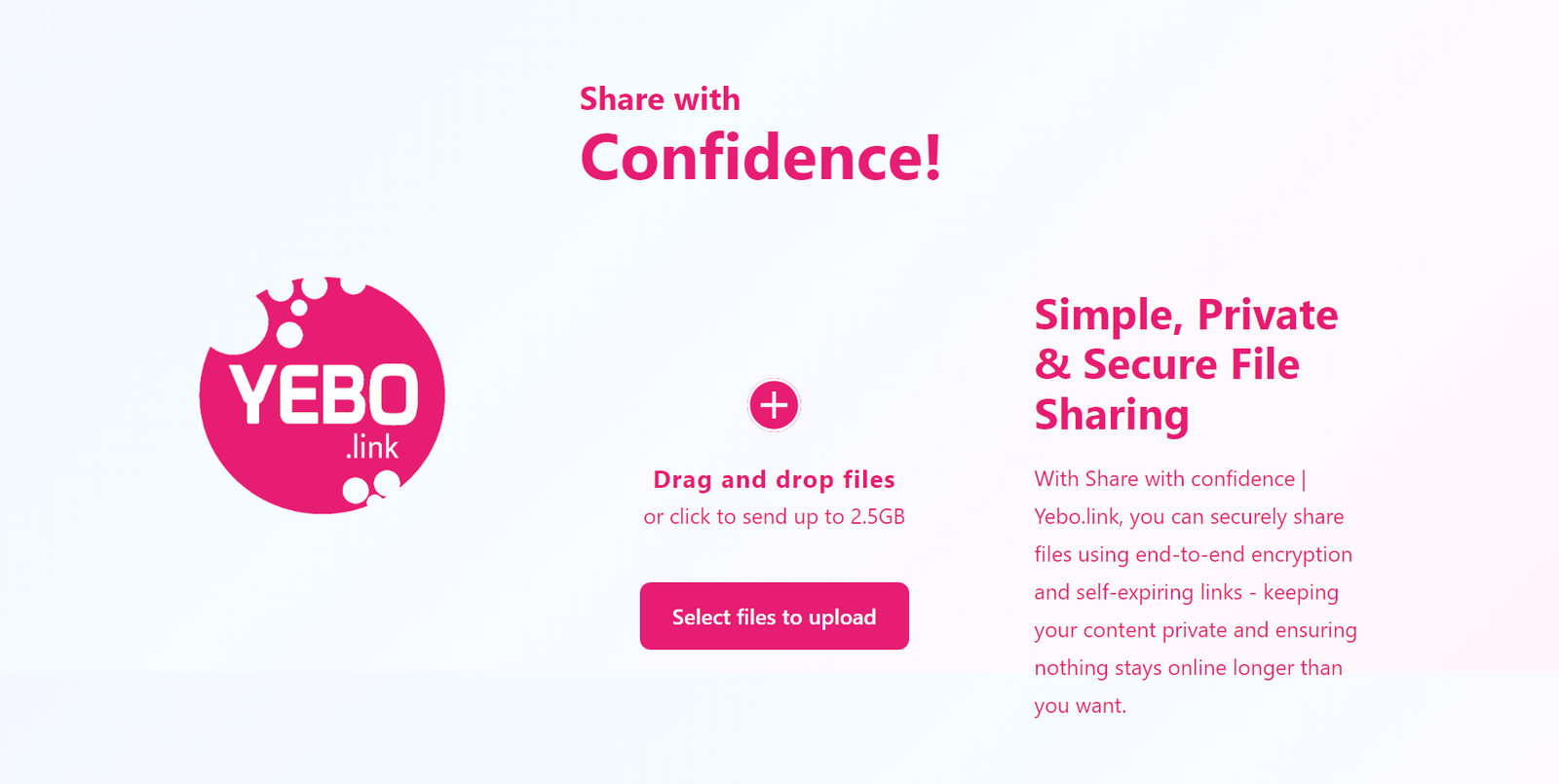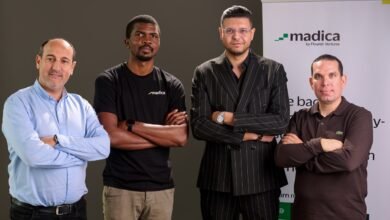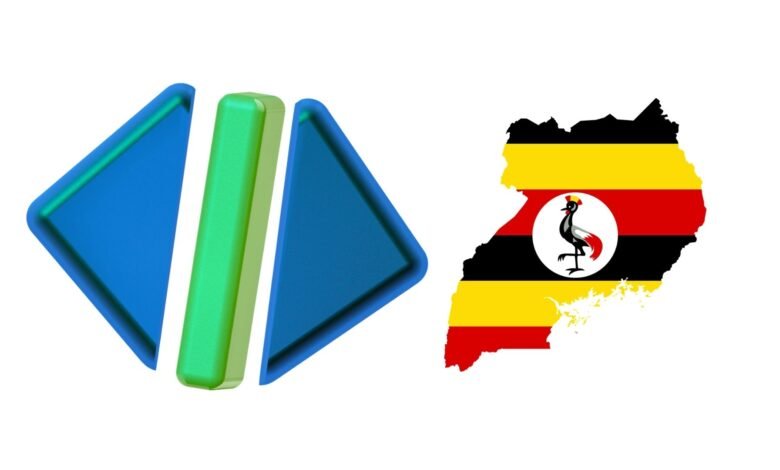
According to a press release issued today, the American blockchain firm Global Settlement Network (GSN) and Ugandan developer Diacente Group are partnering to launch what they describe as a “$5.5 billion tokenized economy” in Uganda. The ambitious project aims to represent real-world infrastructure assets as digital tokens on a blockchain and includes a pilot program for a Central Bank Digital Currency (CBDC), a digital version of the Ugandan shilling.
The announcement details a plan to bring a massive portfolio of physical infrastructure “on-chain.” This means creating digital tokens that represent ownership or value in sectors including food production facilities, mineral extraction operations, renewable energy plants (specifically solar), and global trade logistics. The infrastructure is primarily centered around Uganda’s Karamoja Green Industrial and Special Economic Zone (GISEZ), which is being developed by Diacente Group.
The core idea, as presented by the companies, is to use blockchain technology to create a more transparent and efficient way to manage, trade, and invest in these large-scale assets. They claim this will unlock access to global capital and reduce the country’s reliance on traditional financial intermediaries.
A Digital Shilling Pilot
Running in parallel to the asset tokenization is a pilot for what the companies are calling Uganda’s first CBDC. This digital shilling is being deployed on GSN’s “permissioned blockchain,” a type of private, controlled blockchain network. According to the release, the digital currency will be backed by Ugandan treasury bonds, giving it a stable value tied to government securities.
A key detail in the announcement is the focus on accessibility. The companies state that the CBDC will be available to citizens through both smartphones and USSD—a text-based service that works on any mobile phone, not just smartphones. This, they claim, could potentially allow over 40 million people to use a secure, mobile-first digital currency, a crucial feature for expanding financial inclusion in the region. The system is also said to be built with full Know Your Customer (KYC) and Anti-Money Laundering (AML) protocols to comply with local and international regulations.
“We’re building infrastructure that goes beyond theory; a programmable economy grounded in real assets, regulatory collaboration, and mass accessibility,” said Ryan Kirkley, Co-Founder of Global Settlement Network, in the statement. “This is how we close the gap between digital finance and real-world impact.”
Connecting to National and Regional Goals
The project’s backers are positioning it as a key driver for long-term economic strategy. Edgar Agaba, Chairman of Diacente Group, stated, “By integrating tokenization and CBDCs into Uganda’s development roadmap, we’re creating transparent, tech-driven ecosystems that attract new capital, empower local industries, and scale sustainable growth from the ground up.”
The press release asserts that the initiative directly supports several major development plans, including Uganda’s Vision 2040, the African Union’s Agenda 2063, and the goals of the African Continental Free Trade Area (AfCFTA). The GISEZ itself has reportedly been designated a national flagship project under Uganda’s development plan for the Karamoja region.
The companies project that the fully tokenized system of ownership and trade could create over one million jobs and generate up to $10 billion in annual export potential, though these are forward-looking figures tied to the successful implementation and scaling of the entire industrial zone and its digital backbone.
